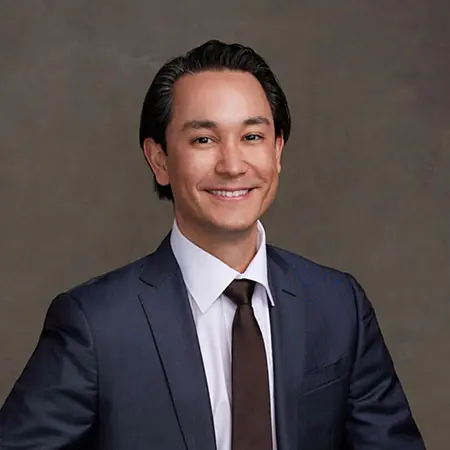February 28, 2022 | CO2 laser skin resurfacing
3 minute read
Skin resurfacing treatments have been employed for hundreds, if not thousands of years, to beautify skin. The commonality of these treatments involves making a controlled injury to the skin to stimulate the regrowth of more youthful skin. Examples include dermabrasion and chemical peels. In dermabrasion, layers of skin are removed mechanically using abrasive materials, such as a metal brush. Chemical peeling includes a great variety of chemicals that are placed on the skin and react with the skin in such a way as to injure the skin and ‘peel’ away its layers.
The fundamental dogma of skin resurfacing treatment is to ensure that the proper depth of injury is achieved throughout the treatment area. If the depth is too superficial, the treatment results are not as noticeable. If the depth of injury is too deep, the skin may not heal properly, causing scarring. Additionally, if the depth of treatment is not uniform, the results may appear irregular.
Dr. Russell Kridel was one of the first plastic surgeons in the Texas Medical Center to adopt a Carbon Dioxide (CO2) laser for cosmetic skin resurfacing. By selecting the appropriate laser settings, the skin can be resurfaced in an extremely precise fashion, more than previously possible with dermabrasion and chemical peels.
The precision of laser resurfacing has replaced some of the potential drawbacks of dermabrasion and chemical peeling. Dermabrasion results are highly dependent on operator skill and consistency. The depth of injury with dermabrasion may vary if the operator accidentally presses too hard or light. These variances may not be noticeable when only a small area is treated. However, they can be more pronounced when larger areas, such as the entire face, are treated. The CO2 laser vaporizes the same amount of tissue every time, overcoming the variability of user error that can occur with dermabrasion. Chemical peeling results can is also more inconsistent compared to laser resurfacing because the chemical can have uneven absorption or streak. With stronger chemical peels, perfect timing is needed every time to remove or neutralize the chemicals precisely. Otherwise, the peel results will be suboptimal if the chemical is left on the skin for too short or too long of time. Such inconsistencies are bypassed with laser skin resurfacing because the energy is delivered in quick pulses.
There are two major categories of CO2 laser resurfacing. Fully ablative CO2 laser resurfacing involves removing the entire top layer of the skin. Fractional ablative CO2 laser resurfacing only removes a fraction of the skin surface. Generally, fully ablative CO2 laser treatment results are more pronounced than fractional laser treatment because the entire skin surface is treated. However, because islands of skin are left intact during fractional laser treatments, these islands of skin will help the skin heal faster than a fully ablative treatment, resulting in a quicker recovery. For fully ablative laser resurfacing, skin cells must migrate from the edge of the treatment area and from the deeper layers of the dermis, which is why the downtime for this type of treatment is a bit longer.
We commonly perform CO2 laser resurfacing both as a stand-alone procedure or with other treatments. Laser resurfacing can be an excellent treatment for old scars, acne scarring, and fine wrinkles. If you want to find out if you are a good candidate for laser skin resurfacing, schedule a consult today with one of our facial plastic surgeons.




